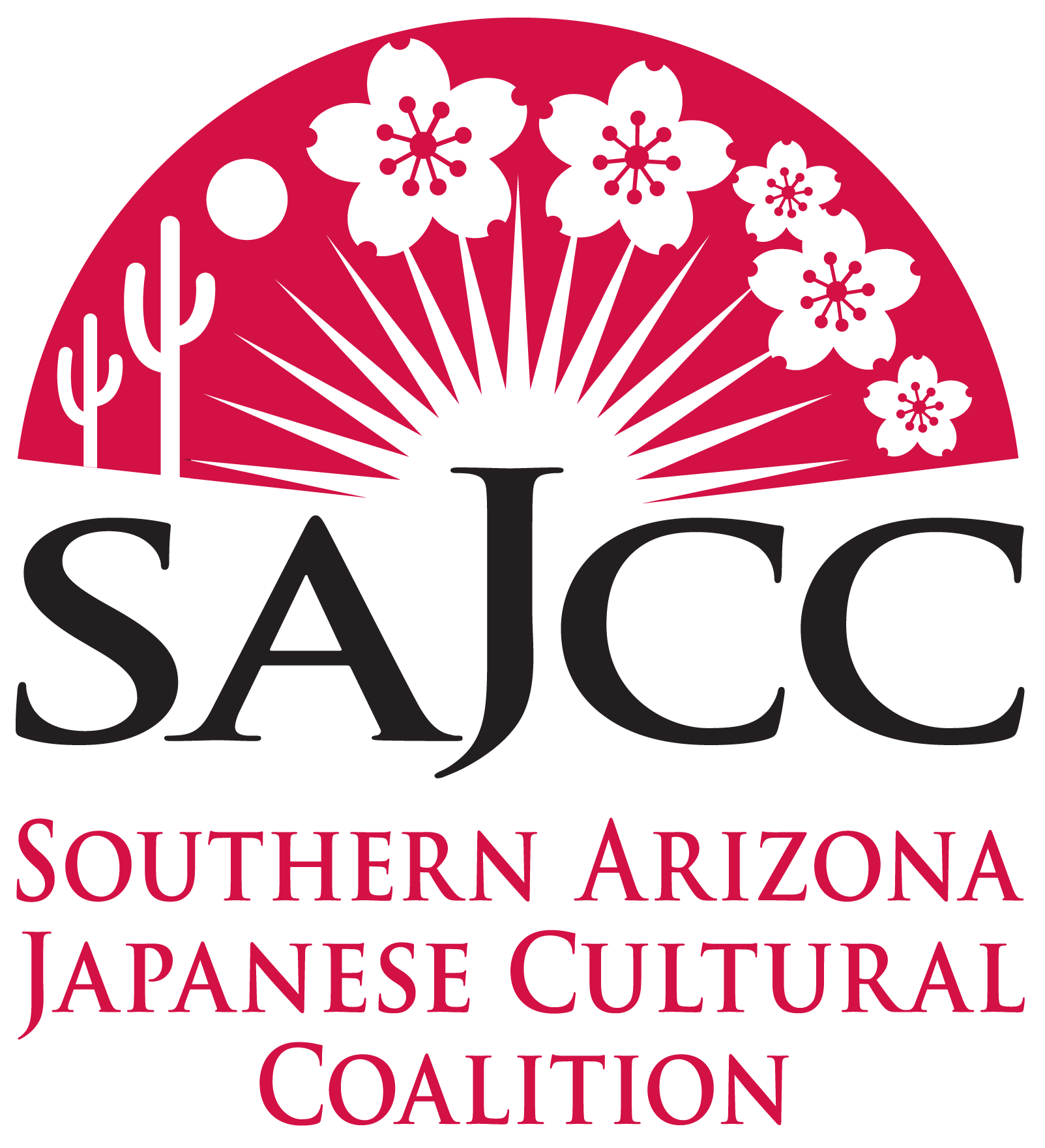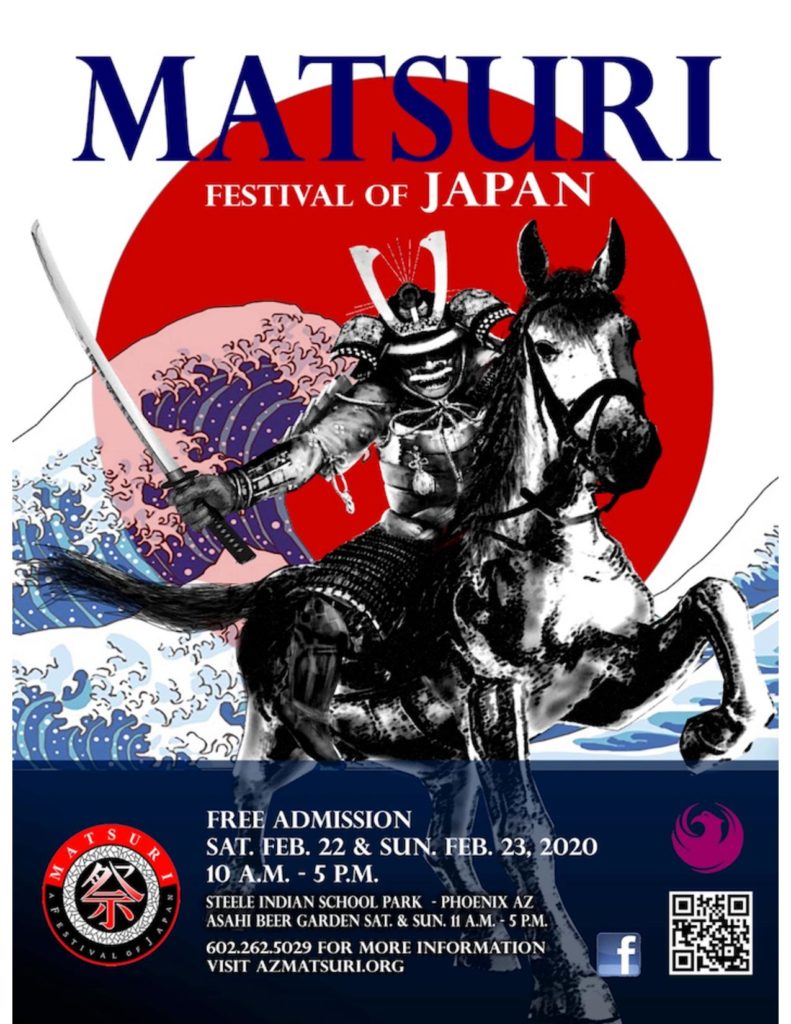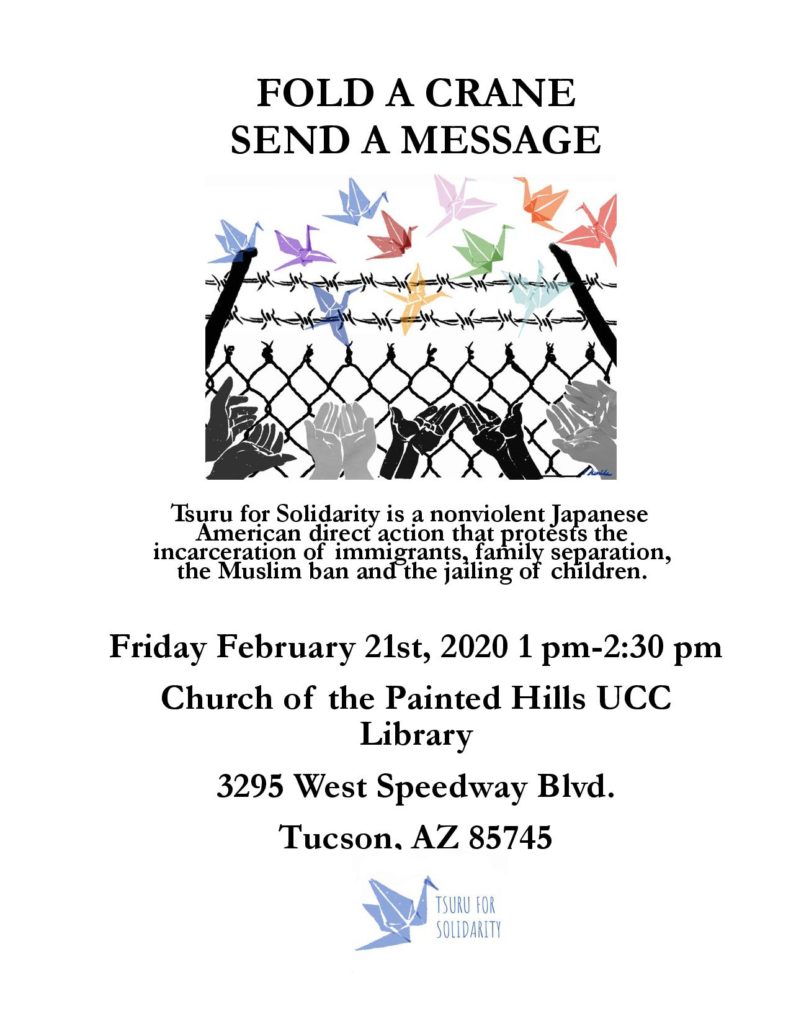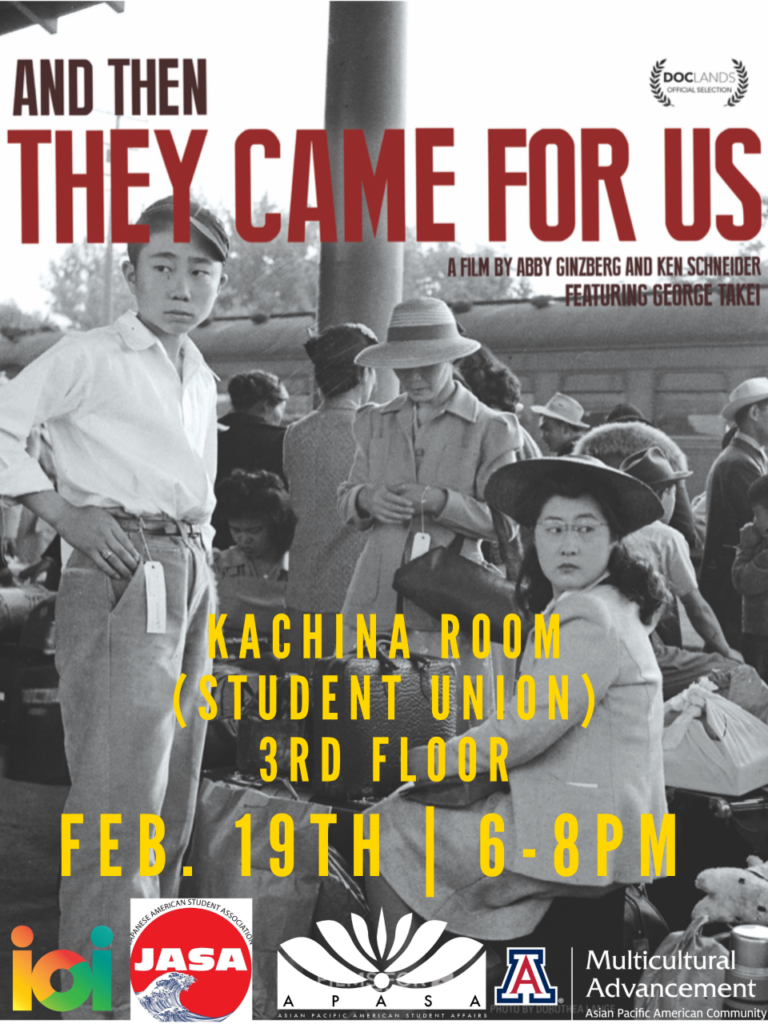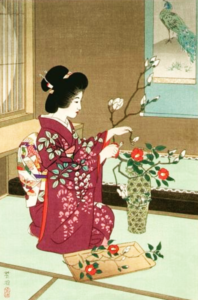
“Enjoy the beauty of dozens of signature floral compositions highlighting the wide breadth of flower arrangement styles in one of Japan’s most cherished art forms, during our Spring 2020 Ikebana Floral Festival.
As we do each year, we open the Gardens to the talented adepts of five different schools of Ikebana practice. The result: elegant floral displays throughout our grounds and buildings that reflect the harmony, discipline, and refinement of traditional Japanese flower arranging.
The festival runs from Thursday, February 20 through Saturday, February 29 . Admission is free for members of the Gardens. Admission for non-members is $15 for adults and $5 for children ages three to 15, and includes entry to the entire Gardens, our Museum, and our Art Gallery.
Be sure to combine your visit with a walk through our permanent display of selections from our collection of more than 200 Ikebana vases and vessels – the largest in the nation. Made of ceramics, bamboo, bronze, lacquer, clay, and glass, some are more than a century old, others are contemporary; all are carefully designed to complement the Zen-like spirit of the flower arrangements they hold.
Festival parking is available in the lot inside our main gate on North Alvernon Way and on East Justin Lane, one half block south of the Gardens. Please DO NOT park on East Hampton Place, immediately north of Yume.”
www.yumegardens.org, 2130 N. Alvernon Way in Tucson
